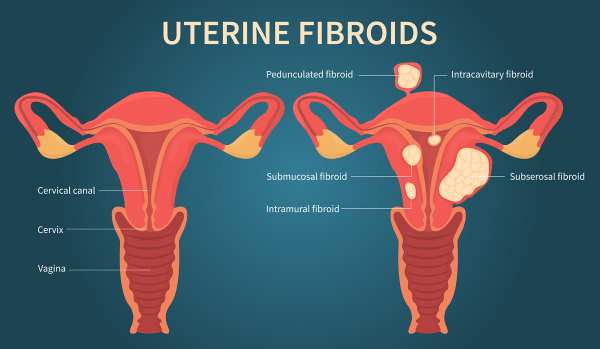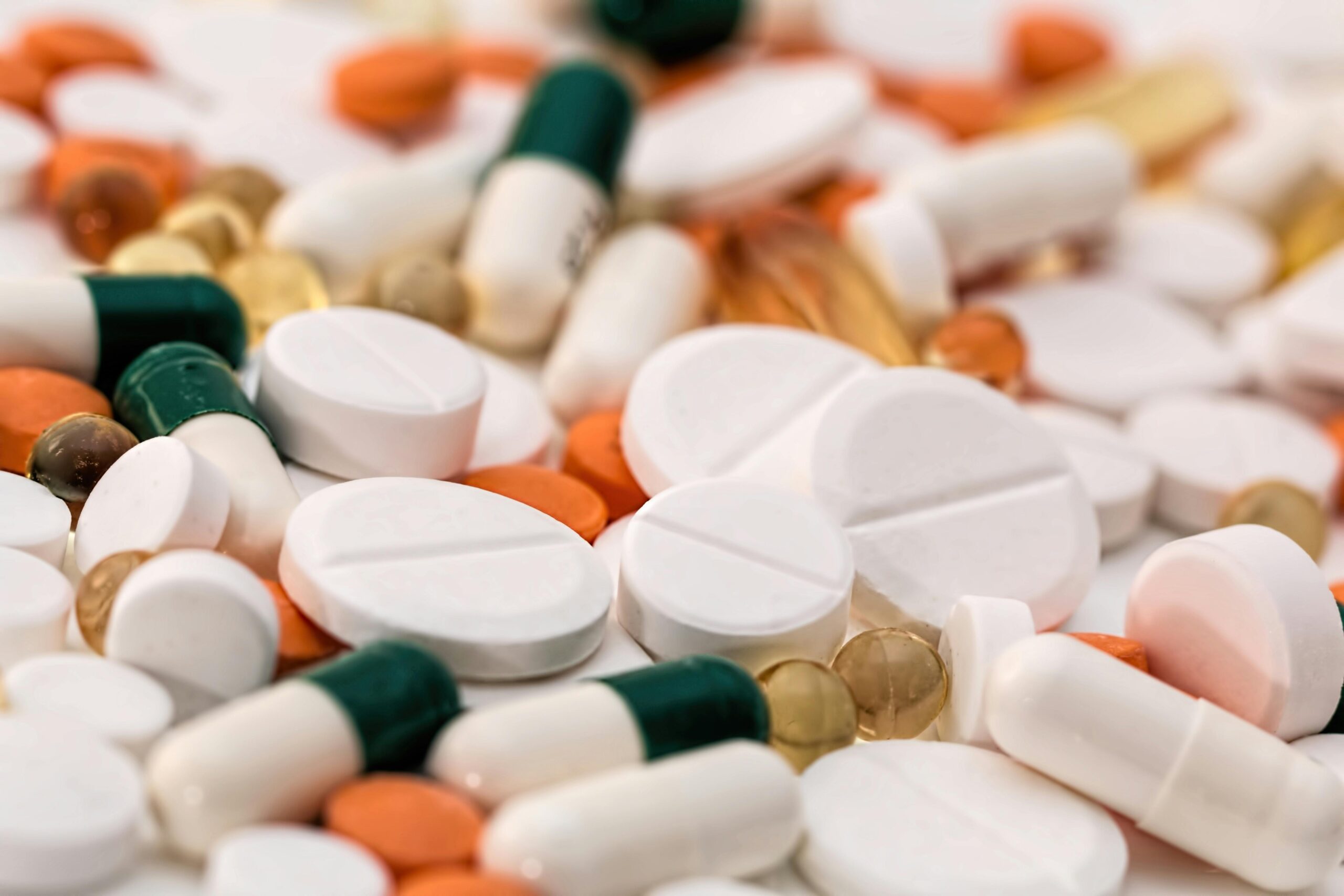Introduction
One of man’s best inventions is drugs, especially disease-specific ones. Drugs are substances other than food, which can prevent, relieve the symptoms, or cure an abnormality or disease. Globally, the cost of drugs has soared over the years, resulting in a situation whereby low-income earners are unable to buy branded medications. In underdeveloped and developing countries where food and drug agencies have poor capacity to perform their regulatory functions optimally, we tend to see the proliferation of substandard or fake drugs. So many times, this ugly trend is energized by not just greed but by the market demands for affordable medications.
Why Medication exceeds expiry date
To mitigate the challenge of not being able to buy drugs, when necessary, people from resource-limited settings stack up some essential medications in their homes, which eventually exceed the best before or expiry dates on them. Sometimes, doctors could change a patient’s prescription because of reactions, allergies, or inability to purchase the drug, which could result in leftover drugs that eventually exceed the expiration date. Also, big pharmacies and patent-drug stores cannot sell all their stock, leading to the expiration of some drugs. This situation has raised many questions about the safety of these drugs after their expiration or beyond the “best before” date. Because of the importance of drugs and the health risks involved when taken wrongly, people have always consciously discarded unused drugs when it’s past the expiration date, even one day.
How Safe is a drug after the expiry date?
The debate about drugs being safe after their expiration date has persisted over the years, as many people still hold the opinion that pharmaceutical companies deliberately label their drugs with short shelf lives to guarantee steady patronage. Eventually, most of these unused drugs are discarded. The context that drugs can still be safe for a long time after expiration has gained several affirmations. In a recent study by Benjamin Davido and others titled ‘Efficacy of Expired Antibiotics: A Real Debate in the Context of Repeated Drug Shortages’ published in MDPI Journal “Antibiotics”, it was reported that when appropriately stored in line with the expected conditions, no expired antibiotics tested failed to be potent after one year of expiration. In another study by Sushil Sharma and others, titled ‘A study to investigate the chemical potency, physical stability, and efficacy of analgesic agents over a period of two years post their expiry date’ published in the “Medical Journal Armed Forces India”, it was seen that drugs such as Diclofenac, Piroxicam, and Ibuprofen retained their stability, analgesic efficacy, chemical active ingredients and by implication their potency up to a duration of two years after expiration.
Important factors to consider
However, the issues of proper storage and handling can play a big role, especially in the tropical climate of West Africa and other geographical regions. Hence, people in the tropics may have to rely on their capacity to store their drugs in the required condition in deciding whether to use a drug past the expiration date or not.
Conclusion
This article doesn’t advocate for the use of expired medication but to reduce anxiety about accidental use. It is essential to understand factors that impact drug stability.
(Written by Ebenezer Dic-Ijiewere PhD.)
NB: Always consult your healthcare professionals regarding expired medications to ensure medication safety and effectiveness.
 Unlocking the Benefits of Consistent Physical Activity
Unlocking the Benefits of Consistent Physical ActivityInadequate exercise or physical activity can contribute to the prevalence of non-communicable diseases. Given that non-communicable diseases account for over 80% of deaths in some nations, they are regarded as “the number one killer” globally. Physical exercise is any movement that requires energy, like housework, manual labor, walking, or manual labor. Exercise, on the other hand, is a regimen of physical activity that is organized and planned to enhance physical fitness.
Evidenced-based benefits.
- Physical Health: Research reported that 150 min of moderate-intensity or 75 min of vigorous-intensity physical activity led to a 14% risk reduction in all-cause mortality in patients with cardiovascular disease. In healthy adults, the risk decreased by 7%. Regular exercise has been shown in numerous studies to be beneficial in lowering the risk of cardiovascular disease as well as improving the health of patients with a variety of other conditions, such as certain cancers. stroke, type 2 diabetes, age-related sarcopenia, obesity, and multiple sclerosis.
- Mental Health: Research findings indicate that youth with mild to moderate mental health issues can benefit from organized sports and exercise programs. In one study, participants highlighted the significance of intensity choice for their enjoyment and commitment to the program, and it was shown that a self-selected intensity sport and exercise intervention was beneficial for depression. Research findings indicate that youth with mild to moderate mental health issues can benefit from organized sports and exercise programs. In one study, participants highlighted the significance of intensity choice for their enjoyment and commitment to the program, and it was shown that a self-selected intensity sport and exercise intervention was beneficial for depression. Also, engaging in physical exercise for 14 weeks can considerably improve mental symptoms, reduce anxiety and somatization, lessen obsessive-compulsive symptoms, and lift depressed moods.
- Quality Sleep: Study indicated that quality of sleep was positively impacted by exercise. Additionally, insomnia was somewhat alleviated following the exercise intervention. For instance, studies reveal that first-year students who exercise more get better sleep than those who exercise less during the night.
Evidenced-based research recommended the following:
- Adults should aim for more than 300 minutes of moderate-intensity aerobic physical activity, 150 minutes of vigorous-intensity aerobic physical activity spread out over the week, or an equivalent mix of moderate-intensity and vigorous-intensity aerobic physical activity.
- Engage in moderate-to-intense muscle-strengthening activities that target all major muscle groups two or more days a week.
- Adults 65 and older engage in multicomponent physical activity that involves functional balance and strength training at a moderate or higher intensity for at least three days a week in addition to aerobic exercises.
 Risk Factors for Uterine Fibroids Among Black Women
Risk Factors for Uterine Fibroids Among Black WomenUterine fibroids (UFs) represent the most prevalent non-cancerous tumors among women of reproductive age. Symptomatic fibroids can lead to significant health issues and are the primary reason for hysterectomies in the United States and globally, contributing to substantial socioeconomic impacts and affecting over 70% of women of reproductive age (Langton et al., 2024). African American women tend to develop fibroids approximately 10 years earlier than White women in the US and bear a disproportionate health burden from these tumors
Black women experience UFs at higher rates, with an earlier onset, more severe symptoms, and faster disease progression compared to other groups.
According to Sithembinkosi Ndebele (2024), 85% of participants were non-Hispanic Blacks. Black participants had a higher likelihood of a UF diagnosis, and the following risk factors were reported contributing to the high prevalence of UFs in Black individuals:
- Socioeconomic Status: Lower socioeconomic status is reported to increase the rates of UFs.
- Adverse Environmental Exposures: Increased exposure to environmental pollutants is associated with a higher prevalence of UFs.
- Chronic Stress: Experiences that increase chronic stress are significant contributors.
Lifestyle and socioeconomic factors, closely tied to neighborhood characteristics, further influence UF prevalence. These factors include:
- Body Mass Index (BMI): A higher BMI correlates with a higher risk of UFs.
- Alcohol Use: Regular alcohol consumption is positively correlated with UF diagnosis.
- Income and Occupation: These factors influence access to healthy food and healthcare.
 Prevalent Barriers to obesity within the African American population.
Prevalent Barriers to obesity within the African American population.As we know, obesity stands as a significant health concern affecting the lives of African Americans. It is imperative to grasp the barriers that contribute to the rising rates of obesity within this population.
Obesity is characterized by excessive body fat accumulation influenced by environmental and genetic factors and poses various health risks, including specific cancers, type 2 diabetes, hypertension, osteoarthritis, hyperlipidemia, and cardiovascular disease. Omondi & Freysteinson (2023) estimated annual medical expenses related to obesity issues in the United States to be around $147 billion. Research reveals that obesity prevalence is notably high among African Americans, with rates around 49.6%, surpassing non-Hispanic Whites at 42.2%. Mainly, obesity rates are higher among African American women, reaching 56.9%, compared to 41.1% among African American men (Lofton et al., 2023).
Access to nutritious foods is limited for African Americans, who often consume less nutritious diets with high levels of added sugars and fried foods. Multiple obstacles hinder healthy eating habits, including limited knowledge, the cost of nutritious foods, time constraints for meal preparation, reliance on transportation to access stores, and communication barriers with healthcare providers regarding dietary habits.
Similarly, opportunities for physical activity are restricted, exacerbating the obesity issue. Reduced physical activity levels and increased sedentary behaviors like gaming or screen time have been associated with higher body mass index (BMI). African Americans facing obesity encounter various challenges in engaging in physical activity, including a lack of awareness regarding effective exercise methods, limited access to affordable exercise programs, inadequate facilities, transportation limitations, and health concerns.
References
Omondi, H., & Freysteinson, W. M. (2023). Understanding Obesity in African American Women Using Leininger’s Theory. Nursing Science Quarterly, 37(1), 71–75. https://doi.org/10.1177/08943184231207383
Lofton, H., Ard, J. D., Hunt, R. R., & Knight, M. G. (2023). Obesity among African American people in the United States: A review. Obesity, 31(2), 306–315. https://doi.org/10.1002/oby.23640
 The four-stage process to regain control of Postpartum Depression
The four-stage process to regain control of Postpartum DepressionPostpartum depression (PPD) is characterized by a major depressive episode that begins within four to six weeks following delivery, as per international diagnostic criteria. Recurrence rates for PPD are high, with 40% of affected women experiencing depression again in their lifetime and nearly 50% facing another episode in subsequent pregnancies. Symptoms of PPD encompass fatigue, irritability, anxiety, lack of pleasure, feelings of helplessness, sleep and appetite disturbances, indifference towards life events, low self-esteem, and feelings of incompetence as a parent, among others. PPD is considered a multifactorial condition influenced by both environmental and genetic risk factors for depression.
Risk factors for PPD include:
- Previous depression.
- Adverse life events.
- Lack of social support.
- Socioeconomic position.
- Personal and family psychiatry history.
- Stressful experiences (such as trauma).
- Specific pregnancy-related factors.
- Intimate partner violence (IPV) occurring close to or during pregnancy also elevates the risk of postpartum depression.
The impacts of PPD are significant and extend beyond the affected individual. They include poor attachment between the mother and newborn, potential stunted growth and low weight in the child, disrupted breastfeeding, and adverse effects on the infant’s cognitive, emotional, and social development. There is also an increased risk for psychiatric disorders in the child during infancy, childhood, adolescence, and adulthood. Women of color and those with lower incomes are more likely to suffer from postpartum depression and may face barriers to accessing treatment (Gopalan et al., 202).
The four-stage process to regain control of Postpartum Depression
Women experiencing PPD often undergo a four-stage process in an attempt to regain control:
- In the initial stage, mothers grapple with intense worries, persistent obsessive thoughts, and difficulties focusing.
- In the second stage, women feel a sense of loss of their “regular selves,” describing a robotic feeling while caring for their infants. Withdrawal may occur, and thoughts of self-harm or suicide may surface.
- The third stage involves women planning strategies to overcome PPD, such as seeking help from healthcare providers, engaging in prayer, or finding comfort in support groups.
- In the final stage, women regain control of their thoughts and feelings as despair lifts.
 Six Healthy Lifestyle Practices to Alleviate Depression Symptoms
Six Healthy Lifestyle Practices to Alleviate Depression SymptomsCauses of Depression
Depression can arise from a multitude of factors, such as genetic, environmental, psychological, and biochemical ones.
Risk factors for depression
A person is more likely to experience depression if they have trauma, significant life changes, stress, a family history of depression, physical illnesses (like diabetes, cancer, or Parkinson’s disease), or as a side effect of certain medications.
Diagnosis of major depression disorder
A minimum of two weeks must pass with some of these symptoms and signs being presented almost daily to be diagnosed with Major Depressive Disorder:
Common symptoms of depression
The common symptoms of depression include.
- Persistent sadness,
- Hopelessness,
- Pessimism,
- Emptiness,
- Lack of energy,
- Feeling guilty or unworthy. The lack of interest or pleasure in pastimes,
- Alterations in appetite that result in either weight gain or loss,
- Slower speech, movement, or thought.
- Increased fidgeting
- Difficulty focusing, thinking coherently, or making decisions
- Suicidal thoughts, suicidal attempts, thoughts of death, or self-harming behavior
Lifestyle Practices to Alleviate Depression Symptoms
- Self-care. Practice stress-reduction techniques like tai chi or meditation. Get enough sleep, exercise, and eat a balanced diet. For the most part, adults require 7 to 9 hours of sleep. Refrain from using recreational drugs and alcohol, as these can exacerbate symptoms and complicate the treatment of depression.
- Educating family and friends about depression: They can assist you in identifying early indicators that your depression might be relapsing.
- Maintain your treatment regimen. Continue taking your medication and attending therapy sessions even after you feel better. Sudden medication discontinuation may result in withdrawal symptoms and a relapse of depression. If necessary, work with your physician to modify your medication or dosage to adhere to your treatment plan.
- Make modest, achievable goals: realistic goals to increase motivation and self-assurance. During the first stages of care, you might want to walk, have lunch with a friend, or make a bed. Gradually increase your goals as you get better.
- Identify the warning signs: Determine what triggers your depression, and if you notice any unusual changes in your feelings, thoughts, or behavior, speak with your doctor or a mental health professional. Keep a journal of your daily emotions, feelings, and reactions to identify trends and identify the things that lead to depression.
- Seek support. Maintaining relationships with people is crucial, especially during difficult times or periods, regardless of whether you receive support from family or a support group.
 How to Survive During Rising Costs and Government Shutdown
How to Survive During Rising Costs and Government ShutdownWith the government shutdown, many aspects of daily life have been severely impacted. The rate of food insecurity is increasing, and challenges related to housing, transportation, and other social determinants of health are becoming more pressing. SNAP benefits have been frozen, leaving many families struggling to put food on the table. As a result, more individuals and families are turning to food pantries and community resources for support.
At the same time, the cost of food and necessities continues to rise, deepening the struggles faced by countless households. These are difficult times, but I want to encourage everyone affected to stay strong, remain hopeful, and trust that better days are ahead.
Here are some practical ways to cope and survive during the rising costs and government shutdown:
Prioritize Your Needs
- You must focus on needs such as housing, food, transportation, utilities, and medication.
- Decrease or pause non-essential spending, such as new purchases, entertainment, or dining out.
Manage Your Money Wisely
- Avoid any unnecessary debt.
- Prioritize rent/mortgage and food.
- Discuss with your utility company, landlord, or bank to explore any available payment plans or deferments during the shutdown.
Explore any available community resources
- Assess community and faith-based resources (Local food banks, churches, non-profits) for support with food and bills.
- Check your city’s website to find out what supports are available to access.
Protect Your Mental and Emotional Health during the difficult time
- Financial insecurity can be draining. Stay connected with family, friends, and coworkers for emotional support.
- Get good exercise, rest, and be consistent with your routines
- Have faith and be hopeful that the challenges are temporary and will surely pass
- Focus on what’s within your control.
Maintain Perspective
- Use this period to build your financial discipline and strength
- Celebrate each time you pay a bill and make meals; a win is worth celebrating
- Reflect on value by focusing on more relationships, essentials, and faith than on any material things



